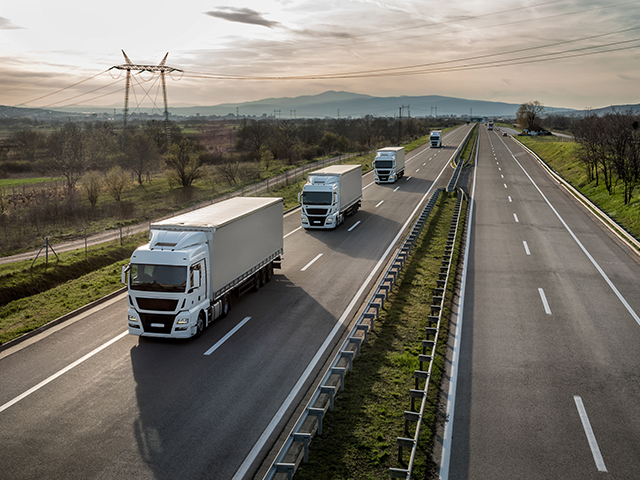In today's world, business operations are continuously evolving. Those who are ready to adapt and embrace change have the greatest potential for success. In this modern era, individuals with a clear vision thrive. We envision Serbia as a country of boundless opportunities for all its citizens. Together, we not only work to create these opportunities but also ensure that we are equipped to fully capitalise on them.
Through a network of marine, road and railways roads in Serbia, direct access is provided to the major ports in the Adriatic, Mediterranean, Black and even North Sea. Owing to that specific geographical position, where the East meets the West, Serbia is an ideal point for trade.
Serbia sits at the crossroads of two major European corridors in Southeast Europe: the road-rail Corridor X and the river Corridor Rhine-Danube. As a key transit hub, Serbia facilitates the movement of goods and passengers between Asia and Central Europe. With its vision of becoming the logistics centre of the Western Balkans, Serbia aims to enhance intermodal transport development.
A summary of transport figures for Serbia:
• The road network of the Republic of Serbia (state and local roads) spans 45,722 km.
• Approximately 55.8 million passengers and around 13 million tonnes of cargo are transported annually by road.
• Railway traffic in the Republic of Serbia spans 3,735.8 km of railways, of which 1,546 are electrified. Annually, 5.1 million passengers and 12.323 million tonnes of goods are transported by railway.
• The air traffic infrastructure includes three international airports: Belgrade Nikola Tesla Airport, Airport Konstantin Veliki Niš and Airport Morava Kraljevo. The total number of passengers who used the services of Belgrade Nikola Tesla Airport in 2024 stood at 8.4 million, which was 5.3% more than in 2023. Airport Konstantin Veliki handled 357,313 passengers in 2024, whereas Airport Morava Kraljevo processed 13,781 passengers.
• Transport on inland waterways takes place on two international rivers (the Danube and the Sava) and one interstate river (the Tisa, which is open to navigation for all ships), as well as on the canal system, whose length is 960 km, of which 600.6 km is navigable. Annually, more than 12 million tonnes of goods are transported through the waterways in Serbia, which are 1,677 km long in total.

